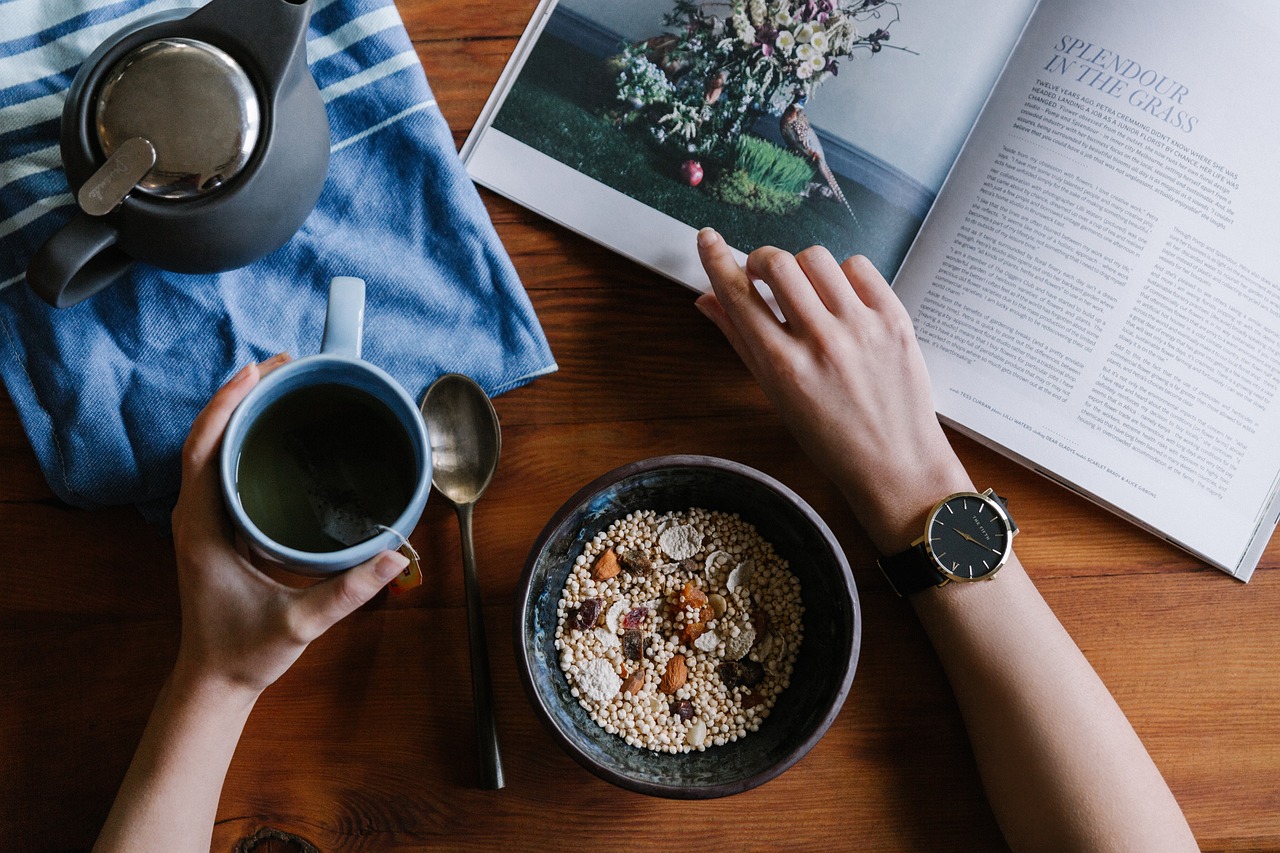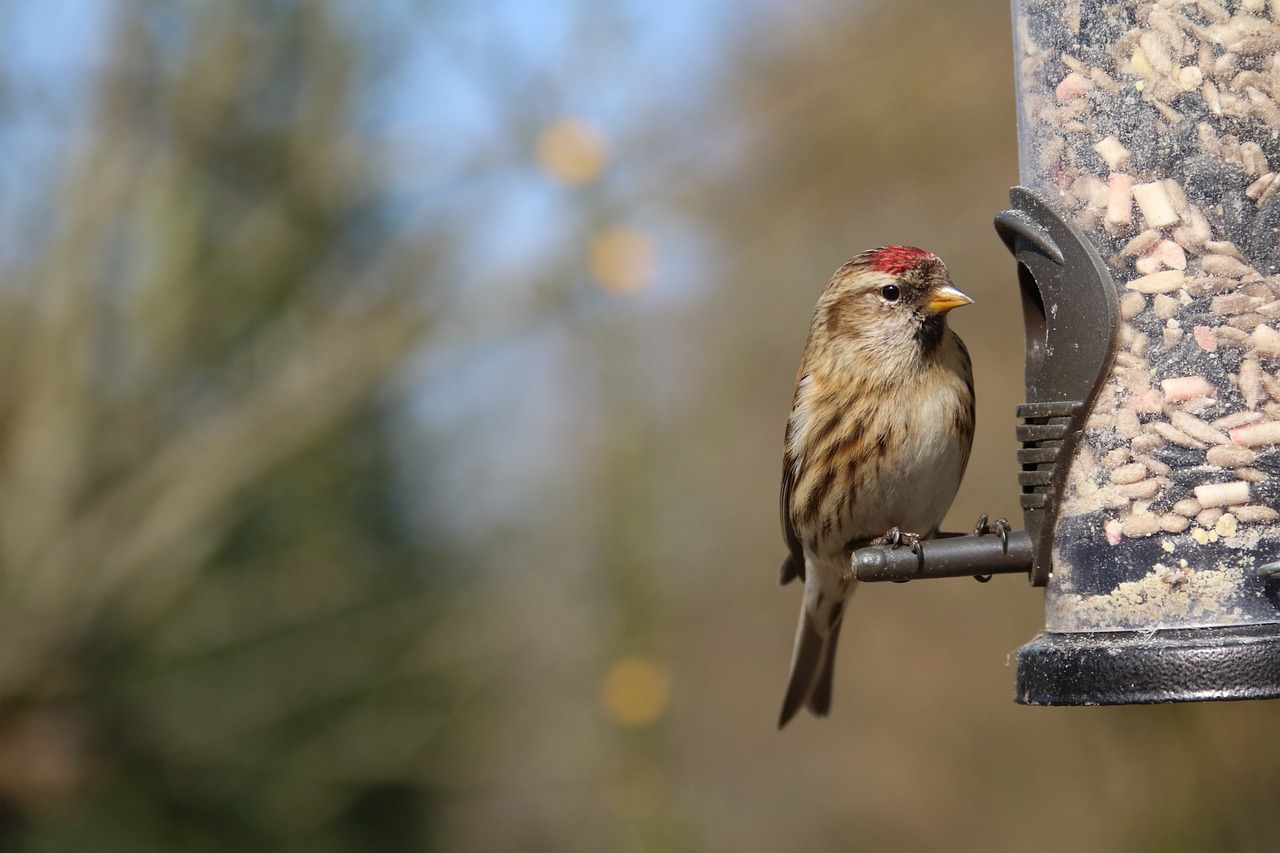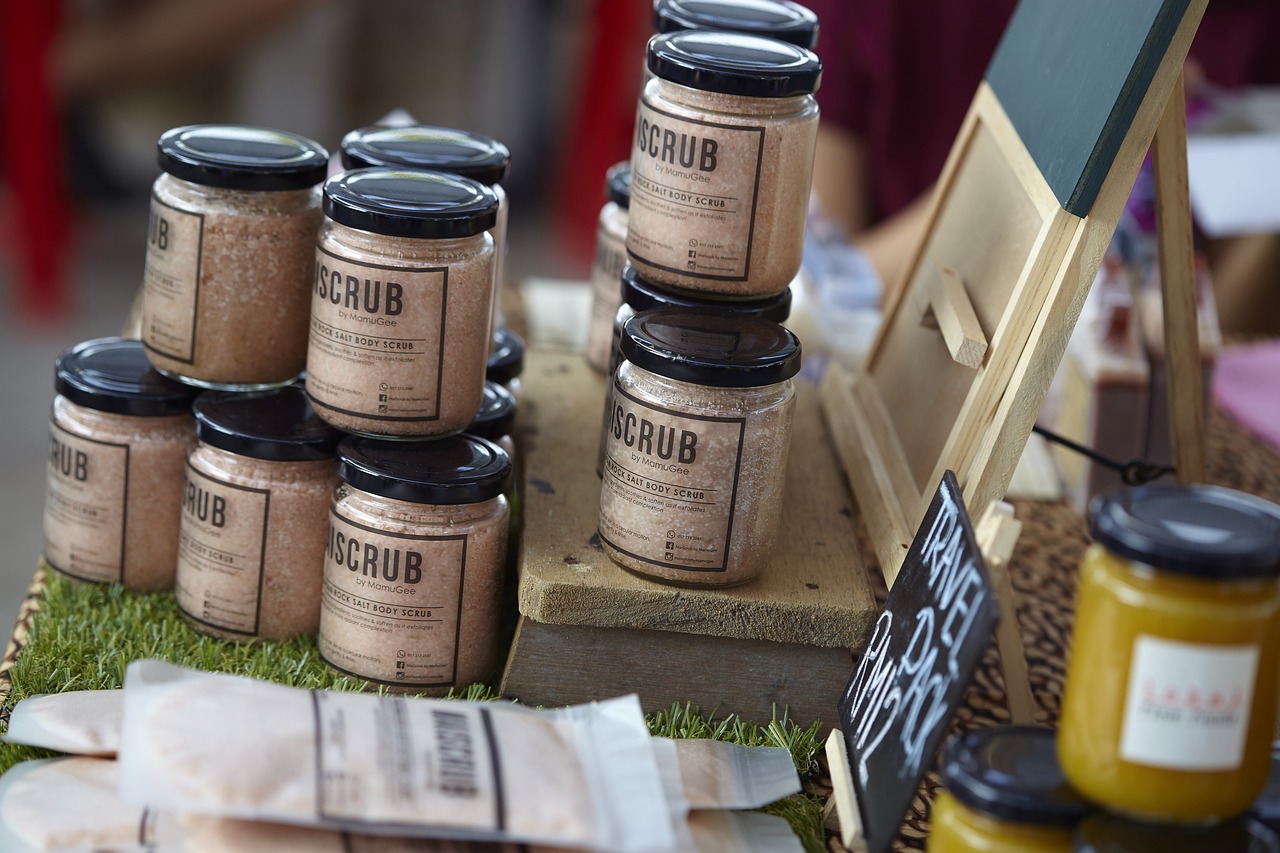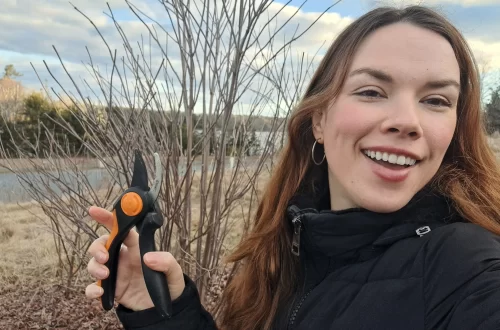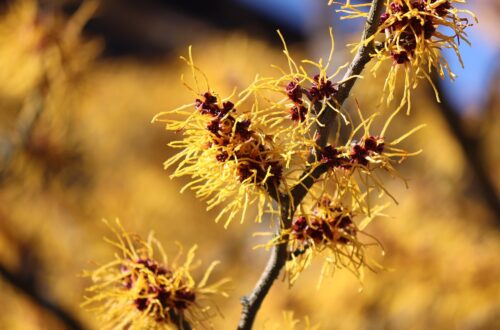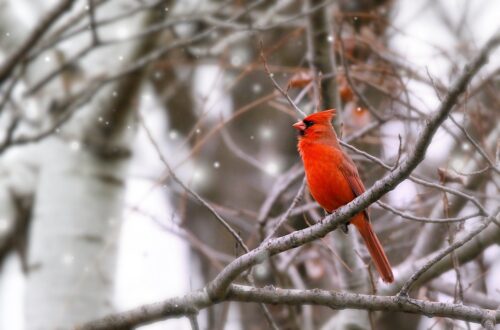I’m always looking for the next best gardening book and I love finding new information about plants, plant care and gardening techniques. But as I started looking back over my book collection, I’ve realized how many amazing gardening books I’ve stumbled across over the years and I thought it might be nice to share them in this little blog post. Whether you’re looking for books to read on your own, or you’re on the hunt for a gift for the gardener or book lover in your life, these classic gardening books are some of my absolute favorites and they’ve taught me so much!
AFFILIATE DISCLOSURE: AS AN AMAZON ASSOCIATE, I MAY EARN COMMISSIONS FROM QUALIFYING PURCHASES.
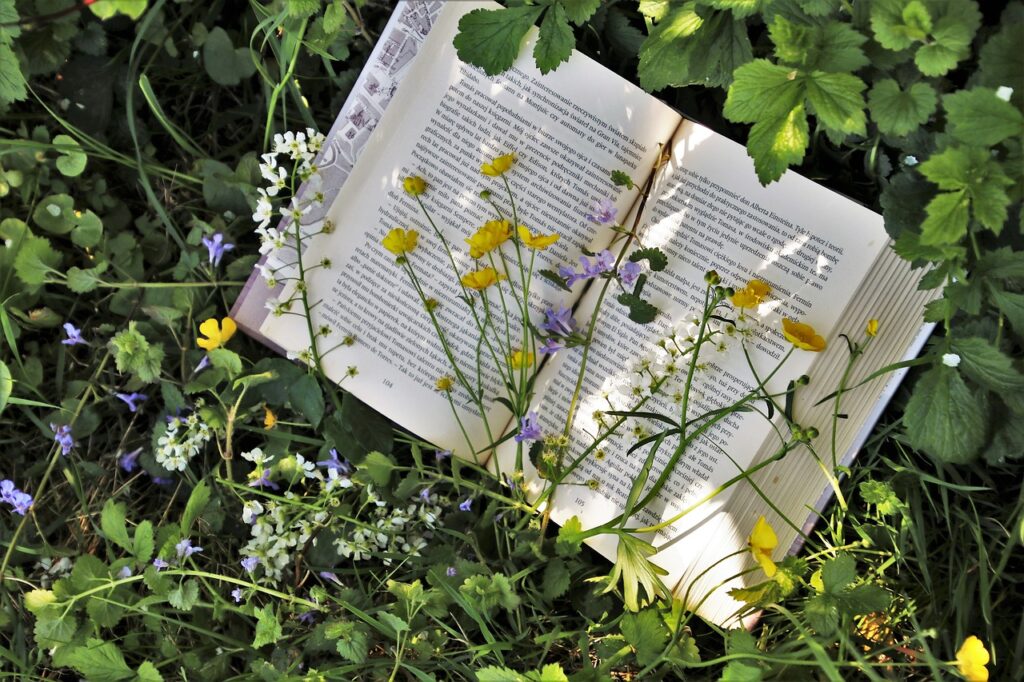
10 Best Gardening Books That Changed the Way I Garden
If you’re new to gardening, blogs and YouTube videos on gardening practices can teach you a lot. But if you want to dig deep into gardening techniques and master new skills, gardening books can help too. Below are what I consider to be the absolute best gardening books every gardening should read and, while they’re ideal for beginning gardeners, there’s tons of tips that will help seasoned gardeners too!

1. Weedless Gardening by Lee Reich
My first garden was a weedy disaster, in large part because I tilled the soil prior to planting, which had the unforeseen consequence of sowing lots of weed seeds! By the end of that growing season, my vegetables were consumed in a weedy jungle and I spent that winter licking my gardening wounds and contemplating what to do next. And that’s when I found Reich’s Weedless Gardening.
I consider this book to be an absolute must-read for both seasoned and beginning gardeners alike. Weedless Gardening may be a short book, but it’s packed full of tips on how to make sure weeds don’t invade your veggie and flower beds. From no-dig gardening tips to in-depth explorations into mulching and installing drip irrigation, this book has everything you need to tackle pesky weeds for good (and all organically too!)

2. Nature’s Best Hope by Doug Tallamy
When I first started gardening, my intention was to grow a “victory garden” and harvest and preserve my own food crops. But I quickly became side tracked by pollinators and I’d sit for hours in my garden, mesmerized by the bees and butterflies flitting from flower to flower. Over the years, my love for pollinator and wildlife gardening has only grown and I’ve drawn a lot of my pollinator gardening inspiration from Doug Tallamy.
Doug Tallamy is one of the founders of Homegrown National Park and he does a lot to educate people about how to garden and landscape with local wildlife in mind. I first encountered Tallamy in a video about keystone species and I’ve never thought of oak trees the same way (Did you know that oak trees are excellent food sources for caterpillars and a single clutch of chickadees needs to eat 6000 to 9000 caterpillars to reach fledgling size?!) Nature’s Best Hope is a great introduction to Tallamy’s work and it’s sure to inspire nature lovers to plant more native and pollinator friendly plants in their ornamental gardens and edible gardens too!
(Psst. There’s also a version for young readers!)

3. Square Foot Gardening by Mel Bartholomew
Finding space for all the plants you want to grow can be challenge, no matter how big your garden space is. But it’s even trickier if you’re working with a small space or urban garden. At least that was true until Mel Bartholomew published Square Foot Gardening back in 1981.
While this book is definitely a gardening classic, the information it reveals is just as relevant today as it was in the 80s. By growing the right plants and following proper spacing guidelines, Bartholomew teaches readers how to squeeze tons of veggies into a small, 4′ x 4′ garden bed. If you want to maximize your garden space and grow more vegetables in a limited area, you can’t go wrong with this book!

4. Farming the Woods by Ken Mudge and Steve Gabriel
Farming the Woods was my first introduction into permaculture gardening, but it’s also an excellent read if you have a shady property but you want to grow edible plants. Most vegetables, fruit and flowers love the sun and they need full sun gardens to grow properly. However, Farming the Woods challenges readers to think outside the gardening box and try out less common edible crops.
While tomatoes and potatoes are destined for sunny properties, plants like mushrooms, pawpaws and high bush cranberries can all be planted in wooded lots and they can be incredibly productive too. Farming the Woods has plenty of other planting suggestions, as well as potential growing layouts and other helpful tips for plant parents. Weep no more, ye shade gardeners, for you too can grow produce… and lots of it!

5. Carrots Love Tomatoes by Louise Riotte
Companion planting is a gardening technique in which certain plants are grown together to benefit each other. Often, these benefits include natural pest control, but companion plants can also boost the growth and flavor of neighboring plants, protect shade-loving plants from bright sun and suppress weed growth as well. One of the most classic companion plant pairs is tomatoes and basil, but there are lots of other companion planting partners to try.
Today, there are many excellent books on companion planting, but Carrots Love Tomatoes was my first introduction to the topic and so it’s near and dear to my heart. If you’ve struggled with garden pests, but you want to keep an organic garden, companion planting is an excellent trick to try. For example, growing borage near tomatoes can keep tomato hornworms away!

6. Medicinal Herbs by Rosemary Gladstar
Rosemary Gladstar is my go-to guru on all things related to herbalism and medicinal herbs. While I love growing culinary herbs, I also save a spot in my garden for traditional plants like yarrow, comfrey and mugwort. These plants are ideal for attracting pollinators, but as Gladstar teaches, they’re useful for other things too!
If you don’t feel comfortable using medicinal herbs just yet, this book also includes tips on how to make tasty teas and natural beauty products like face creams and body oils. Crafters of all sorts will find plenty of inspiration in this book and you may discover some cool plants you’ve never heard of too!

7. Let It Rot! by Stu Campbell
Gardens are only as good as the soil they contain. But if you have poor soil and plants that just won’t grow, there is an easy fix: add compost! Compost can be used to remedy so many different gardening woes and Let It Rot! teaches you everything you need to know about composting.
While I have a few of my own guides on indoor and outdoor composting methods, if you want to do a deeper dive into composting, Let It Rot! is a good place to start. First published in 1998, this book has been around for awhile, but it’s every bit as useful today as it was when it was first released. If your goal is to reduce kitchen and yard waste, this quick read has everything you need!

8. The Seed Saving Bible by Mark Sunderland
I didn’t think much about seed saving during my first few years of gardening, but the topic has begun to interest me more and more. Not only does saving seeds make gardeners more self sufficient, but it can also save you a lot of money and it helps to safeguard old timey, heirloom seeds as well. Plus, saving your own seeds gives you the opportunity to create fun and unique hybrid plants that are totally your own!
There are many seed saving books on the market, but Sunderland’s book is one of the most thorough. Appropriate for beginning and seasoned gardeners alike, The Seed Saving Bible covers everything from saving vegetable and flower seeds to seed storage and hybrid plant creation. Even better, there’s even a section on how to gather and sell your own seeds, which could potentially be a lucrative side business!

9. Reading the Forested Landscape by Tom Wessels
Reading the Forested Landscape isn’t exactly a gardening book, but it has reshaped the way I interact with and perceive the plants and trees in my garden. In this book, Wessels teaches readers how to decode the signs in nature to determine what factors and forces have worked to create specific landscapes. By “reading” the markings on trees, for example, naturalists can discover whether logging, fires or other factors have occurred in a particular area and it can make you look at trees completely differently.
While this book focuses primarily on New England forests, the lessons Wessels explores can be applied to other locations too. I’ve taken this book with me on several hikes , and I’m always surprised how it helps me decode particular landscape features, but it can also be used to decode trees in your backyard. If this sort of information intrigues you, you may also enjoy The Lost Art of Reading Nature’s Signs and The Hidden Life of Trees.

10. Miss Rumphius by Barbara Cooney
Miss Rumphius was the book that started it all for me. I remember my dad reading this book when I was very wee (probably about 4 or 5) and I was struck with the stunning illustrations of lupines and flowers galore. Of course, I didn’t know at the time that I was destined for the gardening life, but here we are!
A delightful romp for children, Miss Rumphius tells the romanticized story of Hilda Hamlin, a real woman who planted lupine seeds in Maine in the early 1900s to make the world “more beautiful.” It’s a sweet story, but also an inspirational one that asks children what they’d like their legacy to be. I still think of Miss Rumphius and Hilda Hamlin every time I plant flower seeds and I believe young readers will find this book just as delightful as I did when I first read it years ago!
